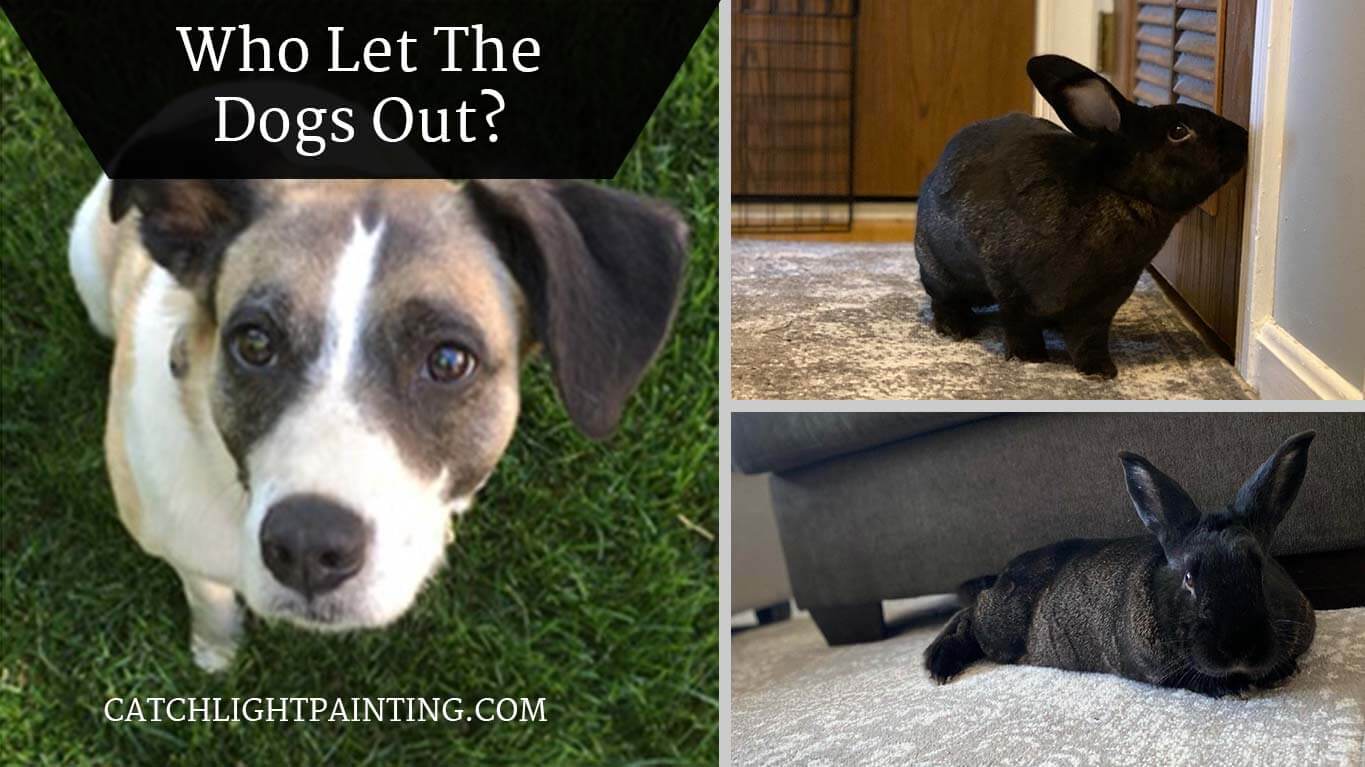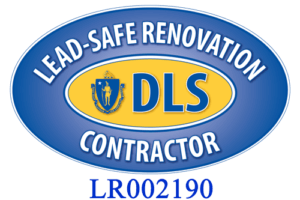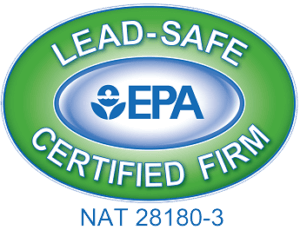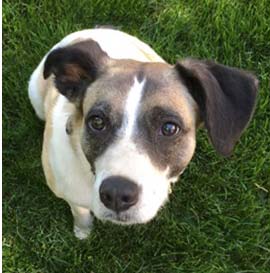
Huey
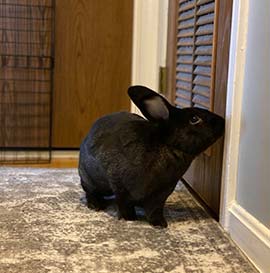
Gronky
As painting contractors working in our clients’ homes, we spend a lot of time with their pets. While we love their company, we do work in an environment that is often fraught with unexpected hazards, one in which keeping these curious family members safe is paramount. Here, we share some helpful information to protect your pets from dangerous paints when painting is in progress.
Creating a Safe Space
First and foremost, it is important to designate a safe, paint-free zone for your pet(s) before painting commences. This is the best option when prepping for any type of home renovation project, in part because of the materials painters use, and in part, because no matter how friendly your pet may be, to them we are strangers. For small animals, we recommend using gates to block off any areas with paint or painting equipment, and for pets of the flying or tiny variety, keep them safely in their cages. For larger and more agile animals, we recommend they remain in a separate room with a closed door and opened screened windows that allow for ventilation. As always, to keep pets safe and comfortable, make sure they have easy access to their food, water, and any other necessities such as their litter box or toys to keep them busy. We offer more information on how to prep for exterior painting and how to prep for interior painting.
Why It’s Important
These measures prevent your pet from exposure to the toxins in paints, stains, and varnishes including latex, resins, acrylics, solvents, and oils that cause irritation if ingested. As highly curious creatures, their keen sense of smell can produce dizziness and nauseas from paint fumes, they may try to lick fresh paint, or the paint could coat their fur, feathers and skin, a particular danger to pets that self-clean.
The best way to mitigate the potential health risks from paint fumes is the use of paint with low volatile organic compounds, or VOC’s, the only paint we use at Catchlight. While VOC’s are added to paint to improve coverage, they do release toxic gasses. Long exposure can cause dizziness, throat irritation, headaches, and potential nervous system damage. Low VOC paint is an eco-friendly alternative, ensuring the safety and wellbeing of your family and animal friends.
About Lead-Based Paints
The most dangerous type of paint for pets (and for your family!) is lead-based paint. If your home was built or painted before 1978, chances are lead paint was used. Prior to 1978 lead was a common additive to paint because it increased its durability. When existing lead paint is disturbed, it can chip and flake putting pets and children at risk for lead poisoning when they eat it (it is rather sweet and sugary tasting!). Therefore, it’s extremely important to protect your pets from dangerous paints like lead-based paint. Catchlight Painting recently painted a Victorian home in Newton, MA from 1875.
If you are repainting an older home, it is important to evaluate the existing paint and take the proper precautions if lead paint is present. It’s a serious hazard. The Environmental Protection Agency and the Massachusetts Department of Labor Standards have strict codes in place to prevent lead poisoning and require certification of those hired for lead paint removal. Catchlight painters are fully trained and certified in lead safety procedures using top-rated equipment that includes vacuums, HEPA filtered sanders, and negative air machines. If you’re concerned that lead paint exists in your home, read more details about Catchlight’s experience with lead paint safety here.
Taking proper precautions to keep our clients safe, furry, feathered or otherwise, has always been an important part of the Catchlight Painting experience. Contact us to learn more. And next time you’re talking to Jessica, feel free to ask her how Gronky is doing this season. Maybe she’ll send you a photo!
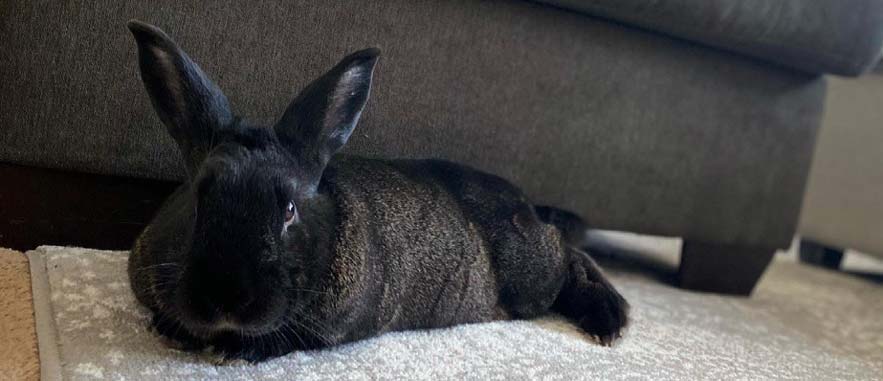
Gronky

